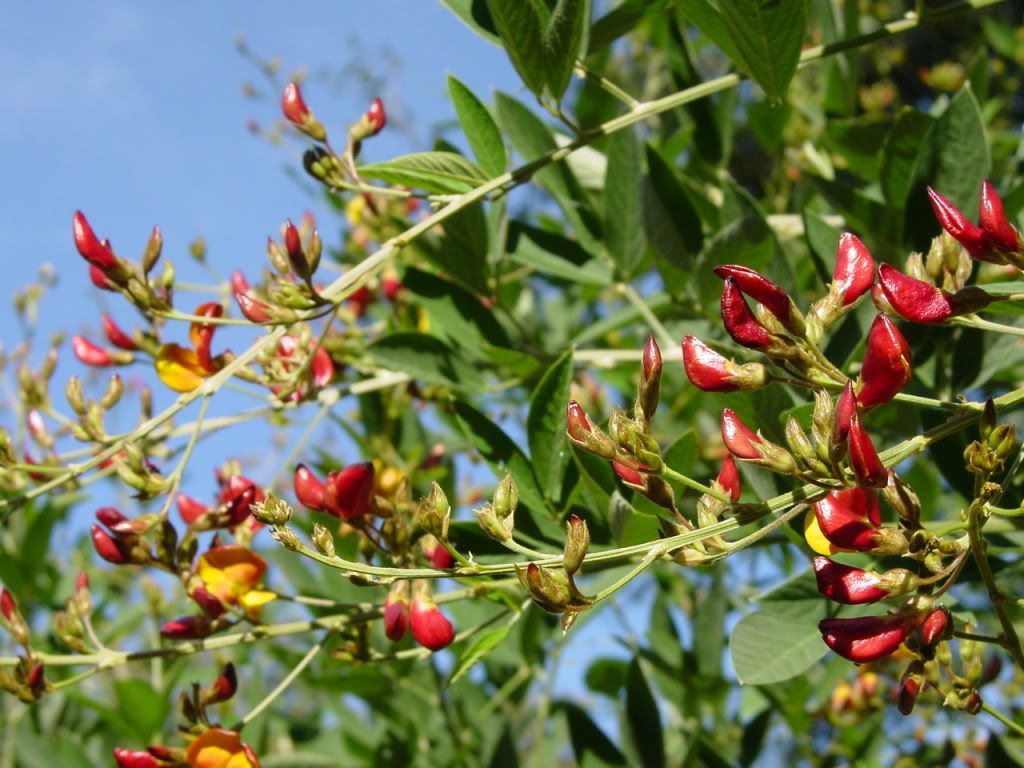Basis
Despite the lack of Bug typing, it's almost definitely based on this: https://en.wikipedia.org/wiki/Hymenopus_coronatus Name may possibly be a combination of lure, allure, or fleur (French for flower) and mantis. Chartreux (talk) 18:44, 1 August 2016 (UTC)
- I definitely saw "orchid mantis" when Lurantis was revealed. However, being the “Grass Sickle Pokémon”, its scythe-like claws and self-disciplinary behavior may also be a reference to martial arts involving use of the kama (Japanese term for sickle), which can be used in pairs much like how a mantis has a claw on each hand.
- The latter half of Lurantis’ Japanese name “Rarantesu” might derive from “tetsu (鉄)” – one of the Japanese words for “beautiful”. I honestly couldn’t find out what the first part of its name derives from. If any of you have any idea, please share! - Nintendo101 (talk) 02:06, 2 August 2016 (UTC)
"Tetsu (鉄)" means iron, I don't think it has anything to do with the name. I'm still researching on the Japanese name too. Hope to find the meaning soon.
Comment from --Icyclone (talk) 10:26, 3 August 2016 (UTC)
I don't think 『ラランテス』 really has a Japanese meaning -- it just translates into 'Lurantis'.
Surrealism (talk) 16:22, 5 August 2016 (UTC)
Biology
Lurantis draws opponents near to itself with its flowerlike appearance and aroma—and then it takes them down. It’s said to be the most gorgeous of all Grass-type Pokémon, due to its brilliant coloration and elegant moves. Lurantis’s appearance is maintained through detailed grooming. It will trust a Trainer who does a good job of caring for it, but it will apparently have a difficult time growing closer to a lazy Trainer.
Lurantis can learn Solar Blade, a move that releases a blade-shaped beam to mince up its foes. The blade is so sharp it is said it can slice a rock in half! Solar Blade is a move that no Pokémon has been able to learn before. With Solar Blade, Lurantis absorbs energy from the sun on the first move and then unleashes a powerful attack on the second turn. Lurantis is the Totem Pokémon of Lush Jungle, the site of an Akala Island trial. It will overwhelm trial-goers with the powerful combos it unleashes with the Pokémon allies it calls.
(from Official Pokemon Sun and Moon website)
Footnote: I personally think that it is not that it is a mantis looking like a plant, but the other way around. It is not said that they eat other Pokemon, the description just mentioned that it takes them down. This explains the Grass-Type instead of Bug/Grass or Bug/Fairy. The reason is shown below from my understanding on the design concept.
Origin
Lurantis is likely mainly based on an orchid flower, designed with the shape and coloration of an orchid mantis. The mantis-like appearance is likely to ward other Pokemon away, looking as ferocious as a mantis but it is truly a plant. However, referring to the bloom sickle plant description and the looks of some body parts, it may be designed with reference to pigeon pea pods, monkey pods, sicklepod shrub or a sicklepod rockcrest plant.
- The body and wings resembles an orchid flower of Laelia Grandis which has pink flowers with blade-like petals. - The face looks like the center of the pigeon pea flower (https://d3an9inho3qicd.cloudfront.net/images/pics/000/004/629/large/11989239015_73d2b6db7e_z.jpg?1427464392). - The pinkish-red arms are pods that look like mantis arms or forelegs, much like the pigeon pea pod (Cajanus cajan) or monkey pod (Pithecellobium dulce) which is a species invasive to Hawaii. - The sicklepod shrub is a leguminous flowering tropical species with sickle-moon shaped leaves and produces pods. Some relating species (such as Adenanthera pavoninacan) grow into tall trees and can produce bright red beans or seeds. - The sicklepod rockcress have pink flowers.
References:
https://en.wikipedia.org/wiki/Orchidaceae
http://www.orchidspecies.com/laelialobata.htm
https://en.wikipedia.org/wiki/Pigeon_pea
http://www.greenbasket.me/2013/10/23/growing-bean-trees
 https://en.wikipedia.org/wiki/Pithecellobium_dulce
https://en.wikipedia.org/wiki/Adenanthera_pavonina
https://en.wikipedia.org/wiki/Boechera_sparsiflora
https://en.wikipedia.org/wiki/Pithecellobium_dulce
https://en.wikipedia.org/wiki/Adenanthera_pavonina
https://en.wikipedia.org/wiki/Boechera_sparsiflora
--Icyclone (talk) 08:57, 2 August 2016 (UTC)
It also believe Lurantis is in fact a plant. These Orchidaceae can be quite fascinating: 
I also have the feeling it won't even be in the bug egg group
name origin (german)
While I see the idea behind the meaning of "dea" (praying mantis are called "Gottesanbeterinnen" in German which would literally translate to "females who pray to god"), I'd say that's a stretch considering the names in other languages. I would say the "-dea" suffix just comes from "Orchidee" (orchid) just like in any other language as well ;-) (HQna (talk) 18:16, 2 August 2016 (UTC))
name origin (Chinese)
The Chinese name is the clever reverse of orchid mantis with "花螳螂(huā táng láng)" meaning flower mantis to "兰螳花(lán táng huā)" orchid mantis flower, showing that it is an orchid mimicking a mantis instead of the normal reverse. --Icyclone (talk) 10:15, 3 August 2016 (UTC)